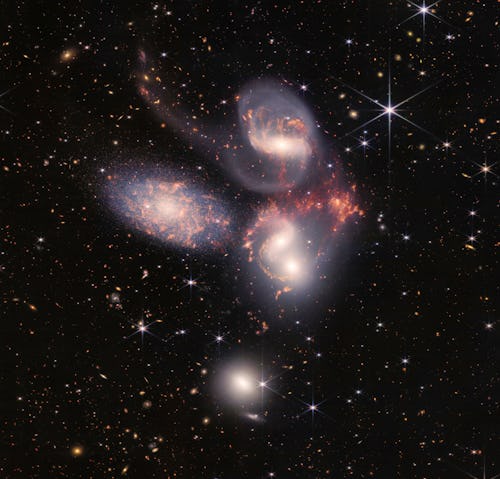
For years, we’ve looked to the skies and seen just part of the picture that space has to show us, and it wasn’t always in perfect focus. Back in December 2021, the Earth got a new prescription in the form of the James Webb telescope, and we’re already seeing much, much clearer. This week, NASA released the first images captured by the new, high-powered space telescope and the result is some of the most gorgeous and breathtaking images of the universe’s majesty that have ever been captured.
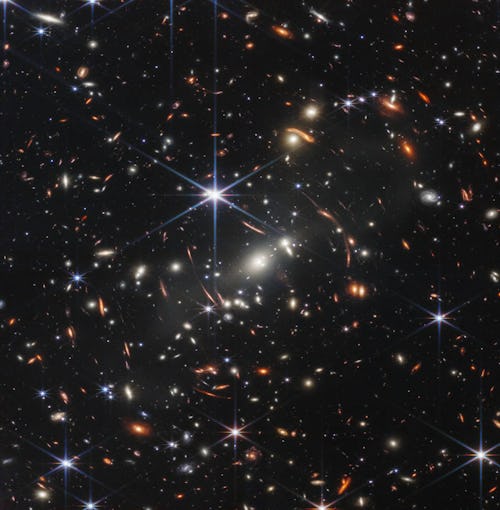
The first image that NASA showed from the lens of the Webb was of SMACS 0723, a galaxy cluster located just a hop, skip, and 5.12 billion light-years from Earth. It contains thousands of galaxies, many of which have never appeared so clearly on camera. While we’ve glimpsed the region before with the Hubble telescope, the deep field imaging technology and infrared capabilities of the Webb telescope highlights spectacular details that were otherwise dulled by our limited capacity to see them.
On Tuesday, NASA kept the galaxy’s best fireworks show going by releasing new batches of images snapped by its new toy. Among the most jaw-dropping is the image of the Carina Nebula, located 7,500 light-years away in the Milky Way galaxy. The picture captures the nebula’s cosmic dust swirling and forming what NASA calls “cosmic cliffs.”
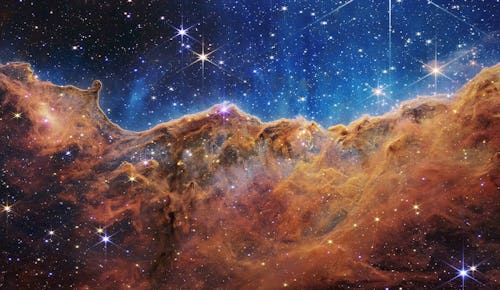
Swinging the lens of the Webb around to the Pegasus constellation, NASA was able to snap a stunning image of Stephan’s Quintet, a collection of five galaxies that you might recognize from It’s a Wonderful Life — though the galaxies are in color in this image. It’s rare to spot galaxies interacting, but four of the five that make up this cluster have come together to form a compact galaxy group. It’s the first one humanity ever discovered, way back in 1877, and now we have our best view of it to date.
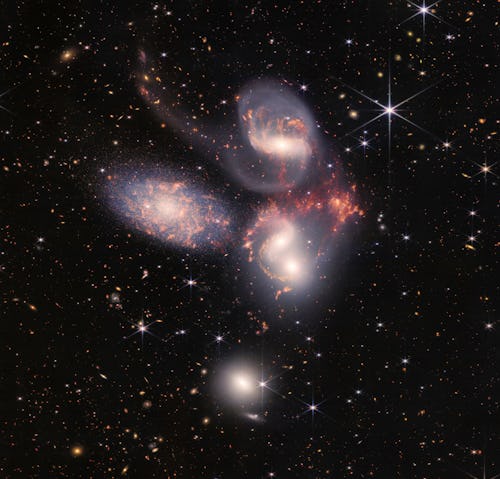
Finally, NASA used the Webb Telescope’s infrared capabilities to gaze into the Southern Ring planetary nebula, and they found a stunning view of the planetary nebula’s second star. The nebulae was spotted releasing clouds of gas and dust, which appear in incredible color through the telescope’s lens.
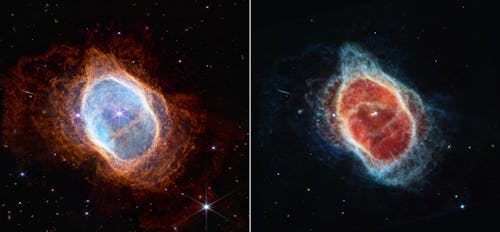
These images are just the first of what the James Webb Space Telescope has to offer. Its predecessor, the Hubble Telescope, has been in use since 1990 and still produces incredible images of parts of space that we had not yet seen. The Webb will help us expand our view of space for years to come.







